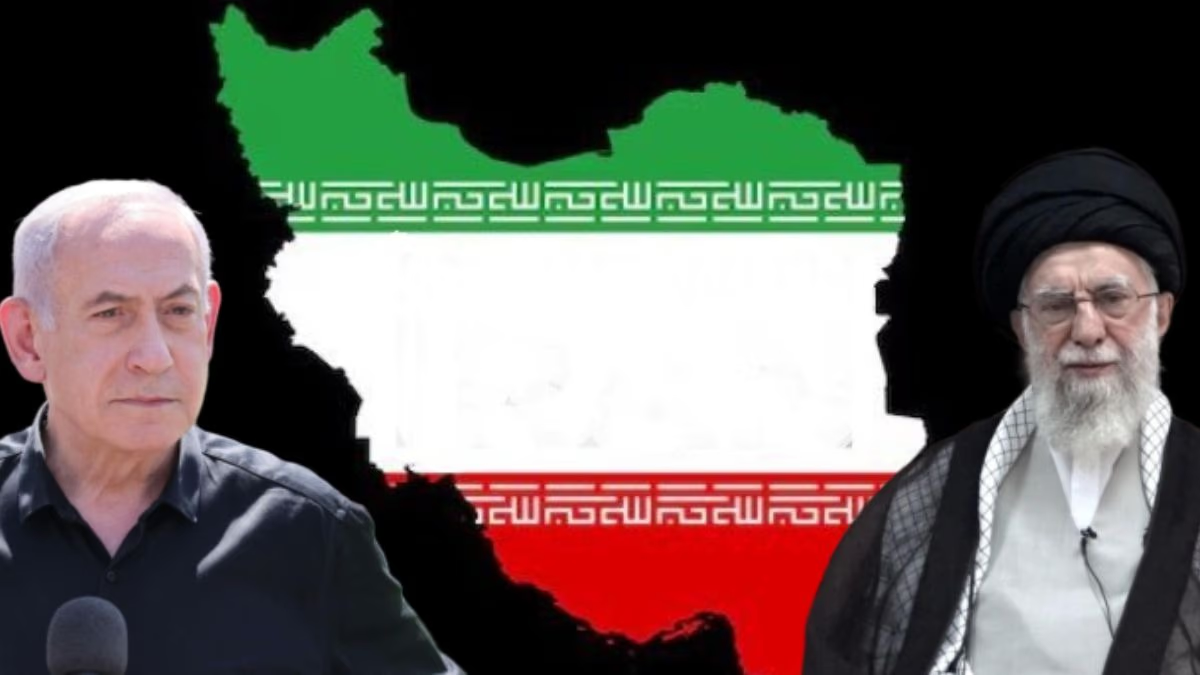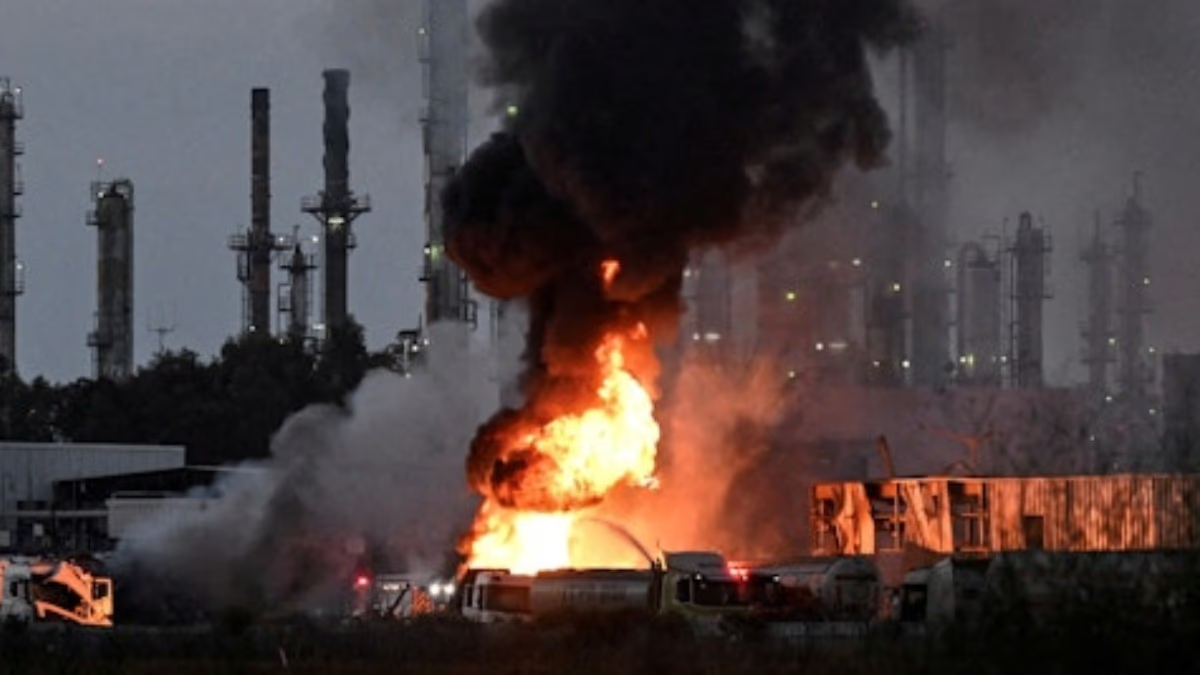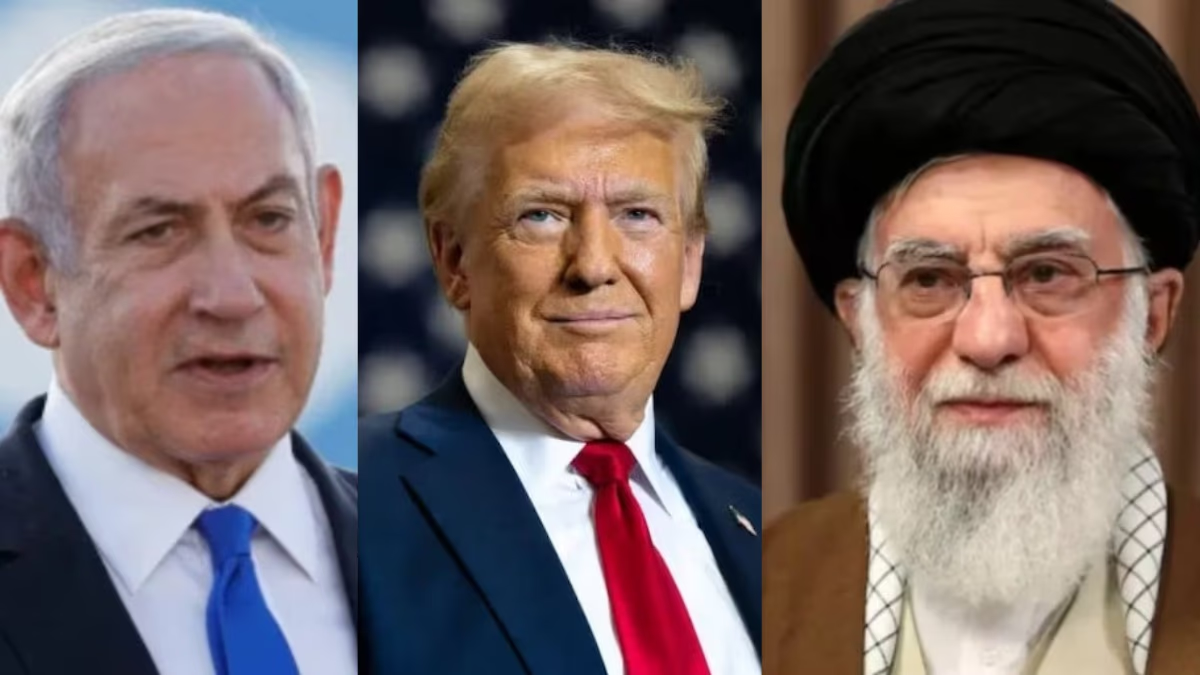The ongoing conflict between Iran and Israel has taken an intense turn. Israel has systematically targeted high-ranking Iranian military officials and influential figures. Now, Israel discusses the possibility of Khamenei's downfall. Meanwhile, opposition groups within the Islamic Republic of Iran have also claimed that the regime’s end might be near if things continue this way.
These discussions and claims raise several questions. If the Khamenei regime collapses, what will happen to Iran? Will power revert to supporters of the former Shah, or will another group take control? There are even claims suggesting Iran could fragment post-Khamenei. Recently, exiled Iranian leader Iman Foroutan expressed concerns that regime change might lead to Iran’s division, and the Kurds in northwestern Iran might seize this opportunity to leverage the situation.
To understand these speculations, it is essential to look at Iran's ethnic structure, particularly the demographic distribution of various cultural and religious communities. Based on recent reports, Iran’s projected population in mid-2023 is 87.6 million. According to government estimates, 99.4% of Iran's population are Muslims, with 90-95% being Shia and 5-10% Sunni.
In Iran, most Sunnis are Turkmen, Arabs, Baluch, and Kurds. The Turkmen reside in northeastern Iran, Arabs in the southwest, Baluch in the southeast, and Kurds in the northwest provinces. Afghan refugees and other expatriates also constitute a significant portion of the Sunni minority. The Afghan refugee population splits between Shia and Sunni.
Iran can’t be merely viewed as divided between Shia and Sunni. The presence of various ethnic groups adds complexity to understanding Iran's social structure. Apart from religious divisions, the population includes distinct cultural and linguistic groups. Dominating this demographic are the Persians or Farsi speakers, who account for about 61% of Iran’s population. Persians mainly inhabit the country's central, southern, and eastern regions. They are ethnically Indo-Aryan and primarily speak Persian.
Genetically, Persians share close ties with Tajiks, who speak a related language and descend from Indo-European roots. This ethnolinguistic group mainly dwells along the expanse from the Persian Gulf coast to the Fergana Valley.
The largest community in Iran following the Persians is the Azeris or Azerbaijanis. Approximately one in every five Iranians is an Azerbaijani, with estimates suggesting around 17.5 million Azerbaijanis reside in modern Iran. This statistic doesn’t imply immigration or refugee status; instead, the region they inhabit is a historical area near modern-day Azerbaijan, which once belonged to the Persian Empire. Most Azerbaijanis are Shia Muslims.
Administratively, Azerbaijanis dominate western and eastern Azerbaijan, Ardebil, and Zanjan regions, commanding over half the population of Hamadan and Qazvin provinces. Historically, Azerbaijanis held significant roles among the Persian elite.
After Iran's 1979 Islamic Revolution, Ali Khamenei, an Azeri, became the state’s second-highest supreme leader, ruling for 32 continuous years. Beyond their main Turkic nomadic lineage, Azerbaijanis are considered a synthesis of Proto-Caucasian tribes and Iranian agrarian communities. Yet, linguistically, they're closer to Turks, communicating in a language within the Altaic linguistic family’s Turkic group, distinct from Iran's Indo-European language family. Both Turkey and Iran perceive Azerbaijanis as kin, and compared to their Russian-Soviet counterparts, Azerbaijanians have undergone substantial Iranian cultural integration.
Kurds form Iran’s third-largest ethnic group. An ethnically unique and culturally rich people, Kurds are noted for their fascinating present-day identity. Of the 40 million Kurds worldwide, roughly half reside in southeastern Turkey, about 25% in northwestern Iran, 15% in northern Iraq, and 10% in eastern Syria. Around 10 million Kurds live in Iran, rendering them about 20% of Iran’s populace, predominating Kermanshah and Ilam provinces. Additionally, nearly half of northern Khorasan's population near Turkmenistan’s border is Kurdish.
In the 17th century, Persian Shah Abbas I relocated militant Kurds to safeguard the empire against Turkmen intrusions. Presently, Kurds make up about 20% of western Azerbaijan, primarily in its southern segment near the Iran-Turkey border. In Fereydunshahr City, small Georgian communities, introduced by Shah Abbas I, remain. These have since converted to Shia Islam and converse in a unique Fereydani dialect.
Within Iran, Kurds comprise various regional subgroups, closely aligning with Turkish Kurds to the north, whereas southern counterparts exhibit more pronounced ties with other Iranian communities. Additionally, a Kurd subgroup, the Lurs, reside south of Iraq’s Kurdish regional administration. Their numbers near 5.5 million, often regarded as a subgroup within the Kurds. In provinces like Lorestan, Boyer-Ahmad, Bakhtiari, and parts of Khuzestan, the Lurs dominate demographically.
Another stateless Middle Eastern group, the Baluch, reside in Iran’s southeastern sectors. Baluchs belong to tribes spanning Iran, Pakistan, and Afghanistan’s convergence zones, totaling 11 million globally. Despite a seemingly modest population, in comparison, this figure exceeds the combined population of all Baltic countries by twice.
Baluch ancestry, deeply intertwined with historical settlements, likely originates from areas west of modern-day Baluchistan, migrating southeast across centuries due to occupation by Hephthalites, Tamerlane’s conquests, and Seljuk Turks’ invasions. This migration process lasted from the 5th to the 13th century CE.
In Iran, Baluchs predominantly thrive in Sistan and Baluchestan provinces. Smaller Baluch populations also inhabit Kerman, South Khorasan, and Hormozgan regions. Their Iranian populace averages 1.5 million, roughly 20% of the total Baluch demographic globally. In Afghanistan, Baluchs predominantly dwell in southern areas adjacent to Pakistan’s border in Nimruz, Helmand, and Kandahar provinces, with a local presence of approximately 500,000.
Arabs constitute a minority group in Iran, representing about 2% of the population, totaling 2.2 million. Notably, 1.5 million reside near Khuzestan’s province, bordering Arab Iraq along the Persian Gulf coast. Iran maintains a cautious stance towards its Arab population due to their historical support for Saddam Hussein during the Iran-Iraq War.
Turkmen communities dwell near Iran’s borders with Turkmenistan, primarily in Golestan and Khorasan-Razavi provinces, with smaller concentrations in North Khorasan. Turkmen inhabit a slender territorial stretch along Iran’s northern border, extending westwards towards the Caspian coastline and eastwards to the Iran-Turkmen-Afghan tri-border junction, wedged between North Khorasan’s Kurds.
Iran hosts approximately 1.5 million Turkmen out of an 8 million global Turkmen population, with only 4 million residing in Turkmenistan. They affiliate with Turkic ethnicities, speak Turkic subgroup languages, and follow Sunni Islam.
Due to their nomadic traditions, Iran’s Turkmen often lived tougher lives than their overseas counterparts. Yet, following Turkmenistan’s independence, Iranian Turkmen commenced a national revival. Among Iran’s most integrated ethnicities, many Turkmen have gradually transitioned from their native language to adopting Persian in daily life.




